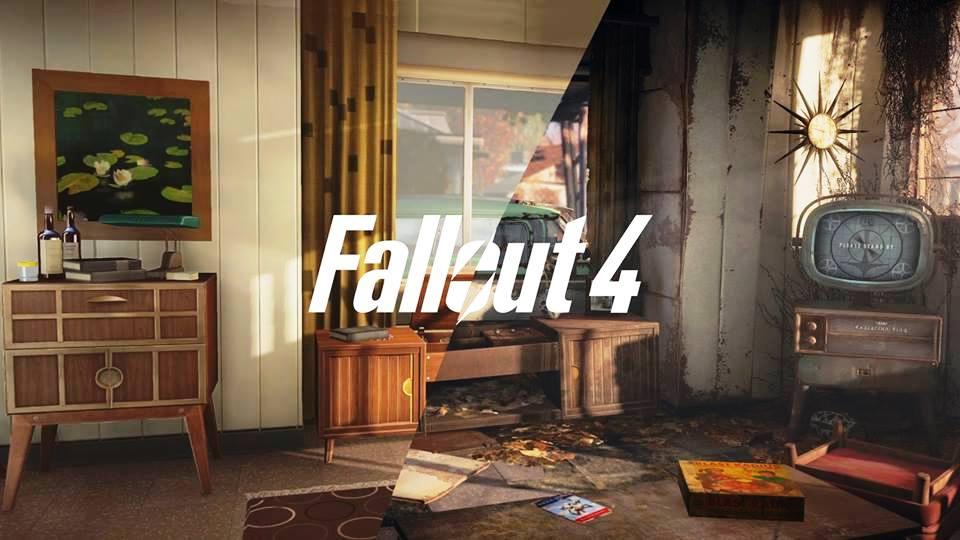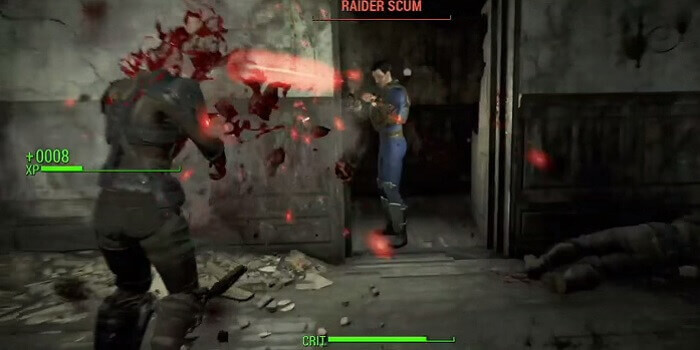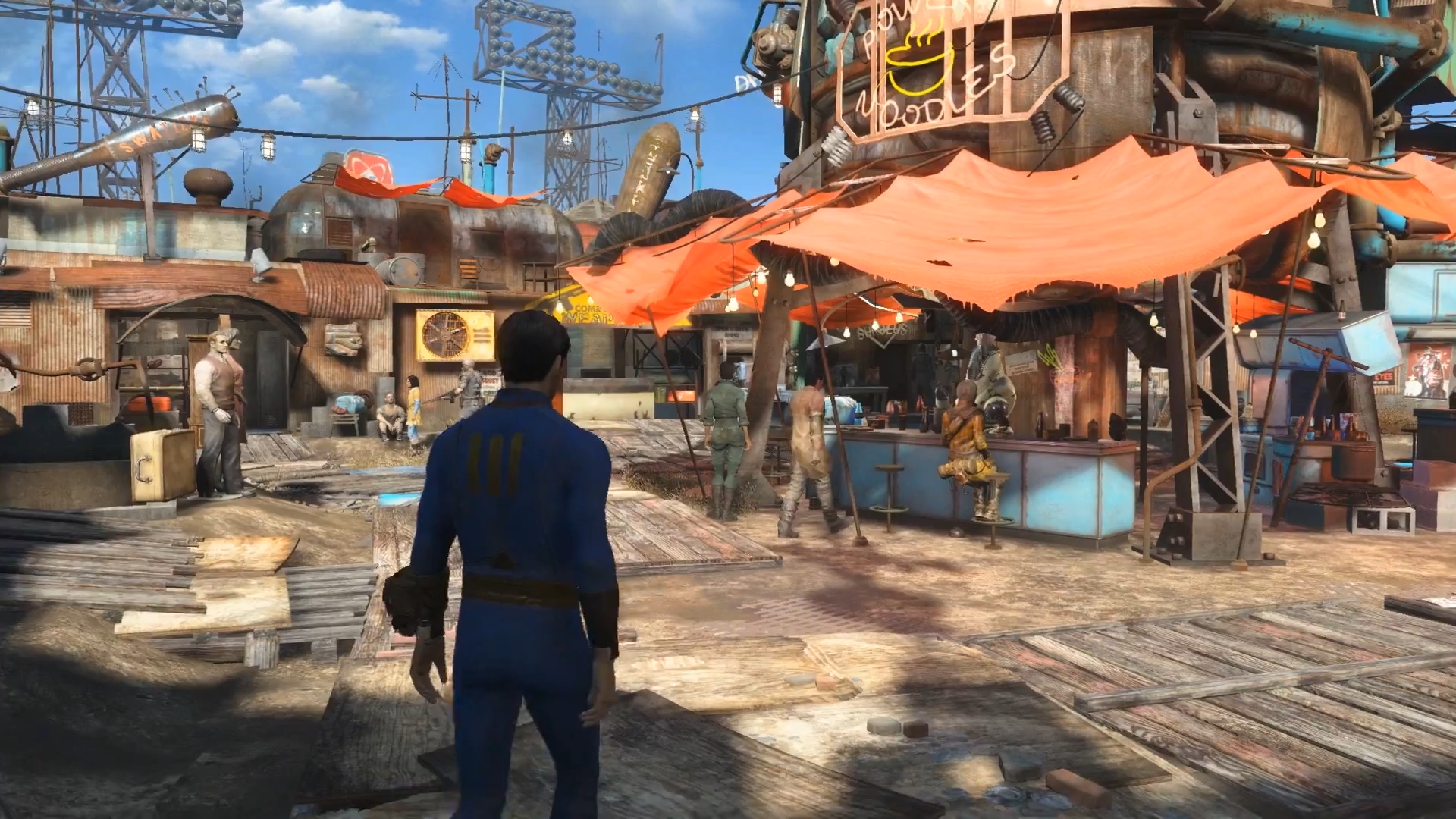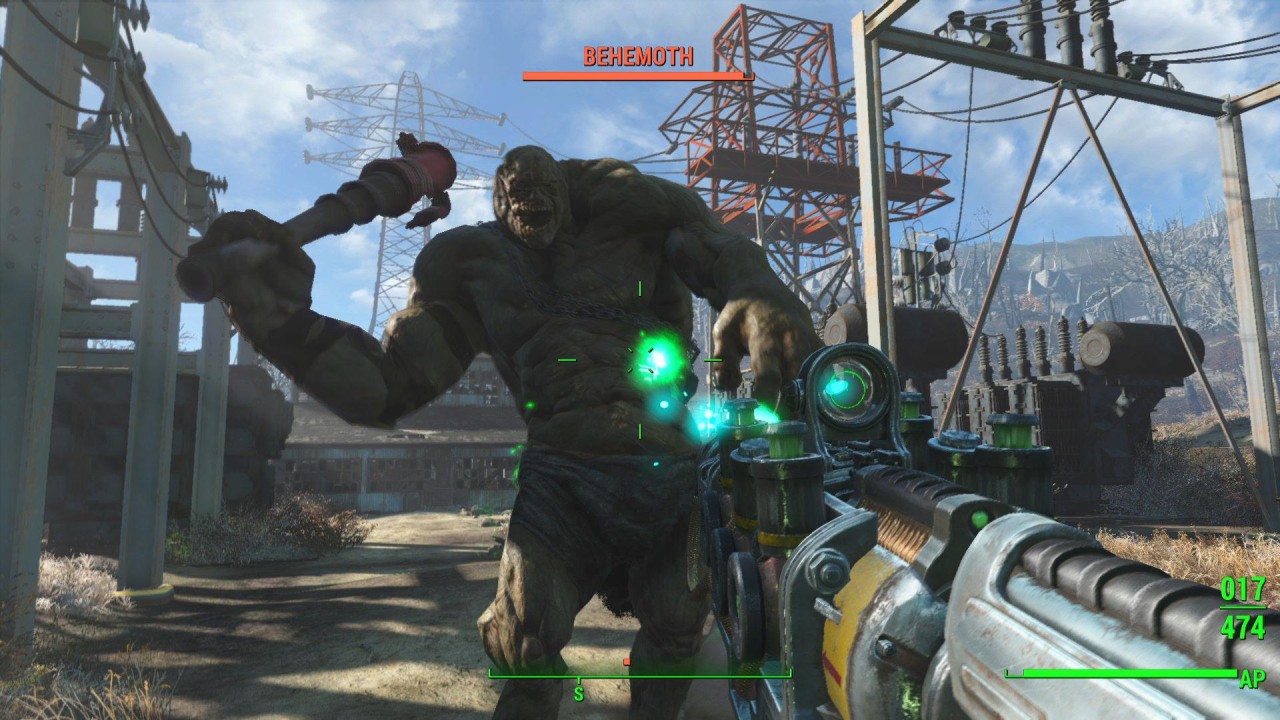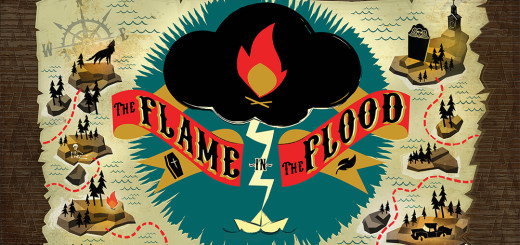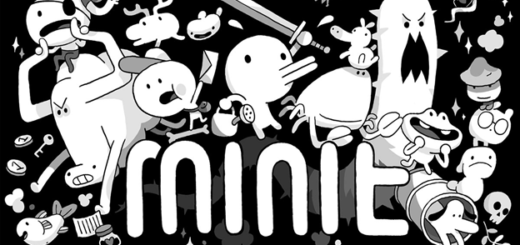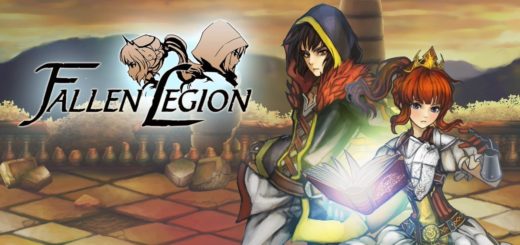FALLOUT 4 Review
War. War never changes. Or, in the case of FALLOUT 4, it changes completely, beyond recognition. From the moment you start Bethesda’s newest entry in their post-apocalyptic sci-fi franchise, it becomes clear that this isn’t your mother’s Fallout. Rather than the familiar voice of Ron Perlman delivering the series’ trademark war monologue during the intro, it’s your player character, fully voiced for the first time. Instead of opening to a bleak, sunscorched nuclear wasteland, players begin in an idyllic Boston suburb, minutes before the bombs fall. For returning players, it’s a surreal and alien experience, comparable to when their avatar finally emerges from their bomb shelter to discover the landscape irrevocably warped and ravaged from atomic warfare. But whether you’re a neophyte or a veteran, FALLOUT 4 presents a whole new world of discovery.
After its introduction sequence, FALLOUT 4 properly begins with you waking from cryogenic slumber over two centuries after America is transformed into a radioactive wasteland, only to have your infant son Shaun kidnapped by some no-goodniks. Finding and rescuing Shaun becomes the focal point of the narrative, but your rescue mission will be intersected by conflicts with several factions, including the tech-hoarding Brotherhood of Steel, the baseball worshipping Diamond City, the Paul Revere cosplayers of the Minutemen, and the sinister, futuristic Institute, based upon the remains of MIT. Like any Bethesda joint, these side tangents offer hours (spelled with a few hundred h’s) of questlines, and it’s not long until the protagonist will forget about young Shaun in favor of blowing Raider outposts away with nukes, scavenging sports memorabilia for collectors, or ransacking every trashcan in Massachusetts for ever-valuable duct tape.
Homicidal drifters don’t make good dads anyway
FALLOUT 4 makes the post-apocalypse sexy. No, textures aren’t as crisp as they are in shooters like BLACK OPS III or HALO 5, but the art design more than compensates. Makeshift, rusted scrap guns use screws for triggers and sights, and robots have intricate circuitry and dozens of moving parts exposed beneath their paneling. The Commonwealth, the wasteland that players will be scouring in this entry, is easily the most atmospheric world that Bethesda has created. It’s at once bleak and beautiful, the devastation you witness complemented by a bright and diverse color pallete that ensures the landscape never wears on your eyes, a more than welcome change from the green and orange visual filters from the last two Fallout games. While not as big as Skyrim or the Capital Wasteland, the Commonwealth is densely packed with detail. The city of Boston itself brims with encounters, the winding streets and connected rooftops creating a veritable concrete jungle. Outside, towns like Lexington and Concord offer a decidedly more primeval aesthetic, with wild, irradiated beasts and bands of Super Mutants lurking in the woods. And for the first time in the series (finally!), the sky will darken with green clouds as deadly fallout rolls in, forcing you to scramble for shelter to avoid irradiation. The robust yet intuitive character creation system deserves recognition, as it is perhaps the best yet in gaming. With so many options, players can now create avatars that actually look like them or others, in addition to the usual assortment of monstrosities that these designers allow.
Nuclear war did little to effect the Red Sox
Thanks to its character driven narrative and cinematic presentation, FALLOUT 4 feels a lot more like a nuclear age MASS EFFECT. Some of the more central conversations in the game play out more like cutscenes than anything seen previously from Bethesda, and make sure to flaunt the greatly improved character animations and lip sync. And it’s not just in its visual exhibition that FALLOUT 4 takes cues from other action franchises by both simplifying and expanding its scope. Combat now feels more like a legitimate first person shooter, with weapon bashing, sprinting, and grenades all tied to hotkeys. Enemies now behave dynamically, hugging cover and flushing you out with attack dogs and grenades. Power armor is available from the start of the game, and feels more akin to a walking tank than an added stat bonus (however, limited fuel sources ensure low level players cannot rely too much on it). Radiation is tied directly to your health bar, shortening it the more rads you accumulate. Skills have been removed and divvied up between perks and S.P.E.C.I.A.L. characteristics, but all the functions of the original RPG experience have been retained. Even weapon modding, first introduced in NEW VEGAS, is back, but now on an unprecedented scale that creates a diversity in firearms rivaling that of BORDERLANDS. FALLOUT 4 feels vastly different at first from its predecessors, but longtime fans can rest assured that the changes streamline the experience, rather than detract from it.
However, Super Mutant Behemoths do subtract a lot of vault dwellers from the Commonwealth
It’s easy to ride the hype train that is FALLOUT 4, but it is also important to recognize that the game is not without problems. The release copy of the game has more than its fair share of bugs, from missing dialogue prompts to the occasional distant radscorpion or deathclaw blinking directly next to your squishy human body. Before I could even draw my gun, I’ve been killed a few times by sentry bots spawning behind entry points in buildings. Yes, glitches can be fixed, but like NEW VEGAS before it, FALLOUT 4 has launched with an unacceptable amount. The story can be a bit confusing with many people looking for Fallout 4 guides to help them through certain parts of the game. In addition, a few of the balancing changes, such as the ability to stack healing effects and the removal of item condition, make the game a bit too easy on normal difficulty, and ammo conservation is all but a foggy memory. Even the radio stations, while featuring some great new inclusions like “It’s All Over But the Crying” and “Atom Bomb Baby,” are mostly composed of reruns from FALLOUT 3 and NEW VEGAS (though you won’t hear me complain about more “Orange Colored Sky”).
Perhaps the biggest update to the Fallout formula, as well as the most obtrusive aspect of FALLOUT 4, is the settlement system. In addition to the few established cities in the Commonwealth, you can now stake out your own homesteads. In a TONY HAWK’S PRO SKATER-esque editor menu, players build shelters, farms, and storefronts, as well as defenses to protect them. As the Fallout 4 settlements grow, more wastelanders will come to within them, and you can assign them jobs manning the barricades, harvesting crops, or going on supply runs. It all sounds really cool, but unfortunately this level of of micromanagement is a double-edged sword. Like everyone else in the Commonwealth, your settlers are incapable of doing anything on their own, and you will make frequent return trips to provide them with sufficient food and water sources, build them additional beds to sleep in, or repair defenses to prevent them from revolting. It’s manageable at first, but before you know it, you’ll control an empire of dozens of settlements, with all of them begging for assistance, on top of driving off Raiders and rescuing kidnapped townsfolk from Super Mutants. All of these quests are randomly generated, and while it’s admirable that the developers sought to create a stream of content outside of quests, the constant flood of help requests from settlers actively impede the player’s ability to pursue the more fulfilling narrative aspects of FALLOUT 4.
Reviewing FALLOUT 4 is painful because I could write a novel describing all the new features, adventures, and quirks in great detail, and I probably would, too. I’ve spent days of my life playing through FALLOUT 4’s main quest, and I plan on spending even more fully exploring the world that Bethesda has lovingly crafted. FALLOUT 4 isn’t perfect, but it is the best post-apocalyptic simulation to date. Chances are you’ve already become engrossed in the game yourself by the time you read this review, but for anyone still on the fence, this is a game you shouldn’t go without. So take a trip on down to Boston. The water is toxic and the clouds are mushroom shaped, and it’s never been more lovely.

